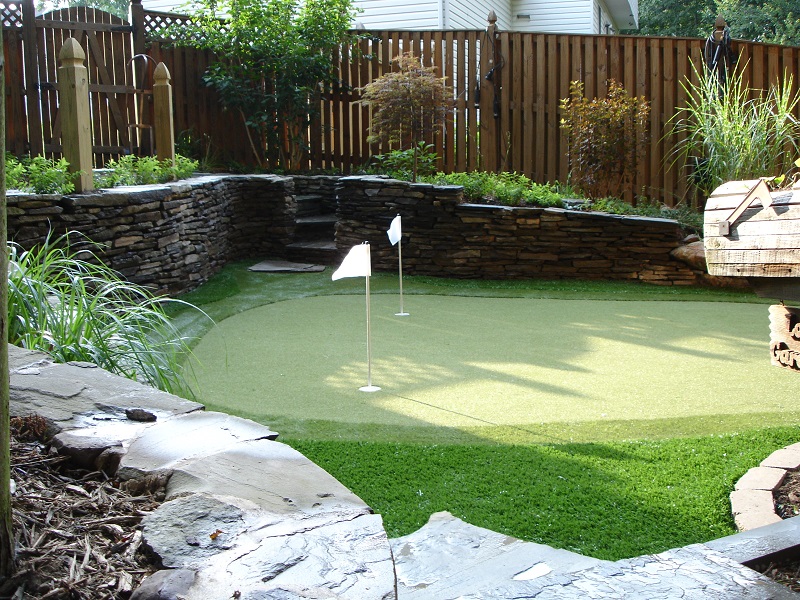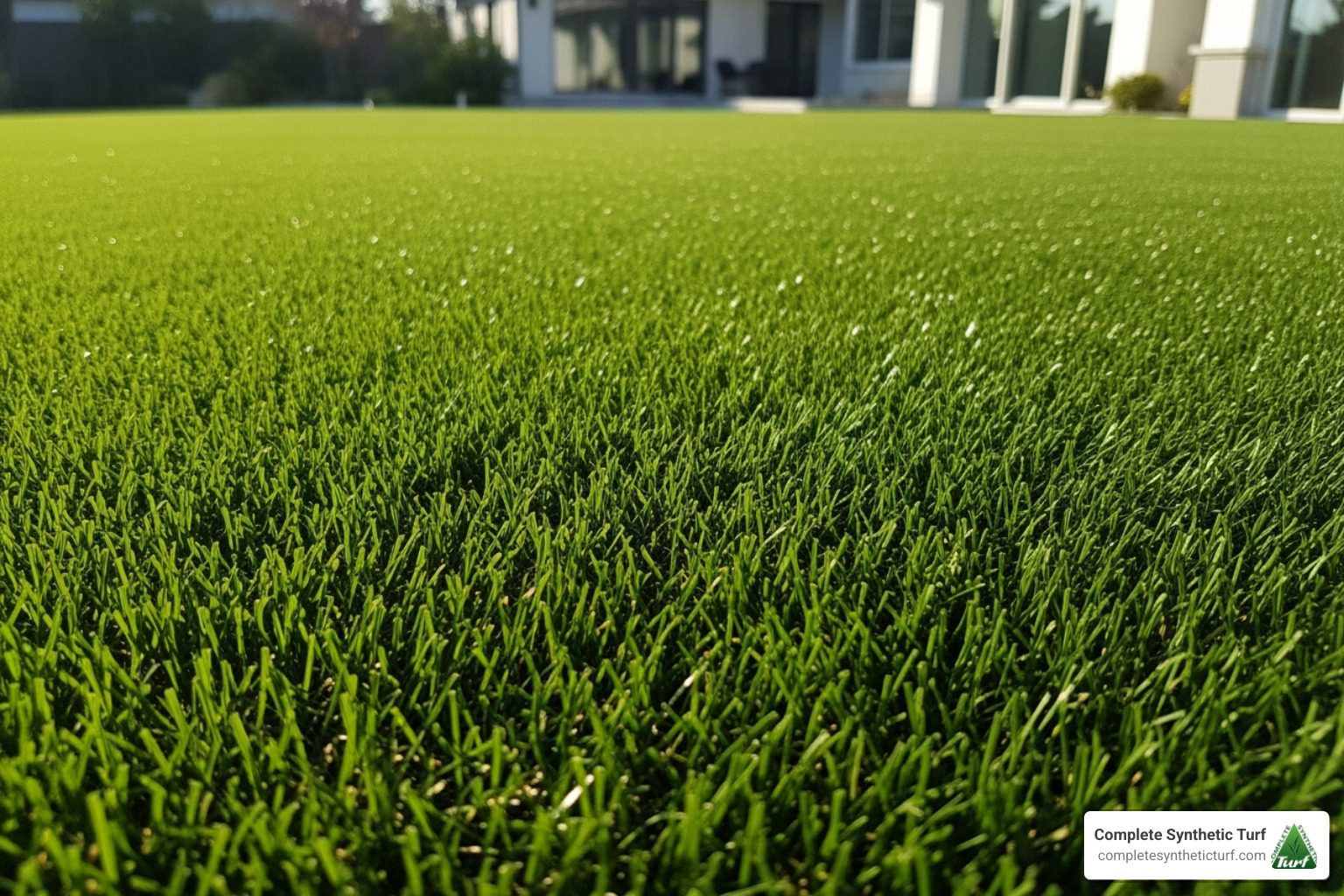 Did you know there are now around 15,500 golf courses in the US? More than ever, people want to get out into the open air and golf is a great way to do it. But just how good are you, and do you know how to improve your technique?
Did you know there are now around 15,500 golf courses in the US? More than ever, people want to get out into the open air and golf is a great way to do it. But just how good are you, and do you know how to improve your technique?
Power is only half of the story, and many great golfers crumble when it comes to the dreaded putt. Read on as we give our essential putting tips.
1. Learn How to Read a Green
No putting green is ever identical to another. In fact, the same green can be different each time you play it. Therefore, you can’t approach one putting green the same way you approach the rest.
There are three main factors that determine your approach a green and how to read it. These are texture, topography, and moisture levels.
The texture is the surface you are putting across. Is it artificial turf or real? Has it been laid smoothly and what is the grass height?
After this, read the topography. Does it have inclines you need to account for? Which direction are they facing?
Finally, moisture is the biggest variable. The ball will act very differently on rain-soaked grass than it will on dried-out surfaces.
2. Control Your Speed
Getting your lines correct is half of the putting battle. The other half is down to speed. Missing is bad, but overhitting can be much worse.
For example, if you miss a shot and it is a foot away, you still have a chance. Overhit and watch the ball roll off the green and you have made things much, much worse.
There are a few ways to combat this. Practice on different types of greens, applying different levels of power. Power is variable to the green you are on, and this will give you a much better understanding of how to master different speeds.
Secondly, always do a good warm-up. Don’t practice huge shots, but try some long and short putts before you begin.
3. Avoid Practice Swings
Practice swings can make you overthink your shot. For many golfers, the first hit will be the best. If you spend too much time overthinking, you could overhit or get your lines wrong.
If you insist on this, then do your practices behind the ball. At least you will get the angles right, unlike practice swings that are taken stood next to the ball itself.
4. Practice Blind Putting
One practice method is to try blind putting. Ideally, you can do this on a golf course at night when visibility is poor. If not, then you will simply have to take one look at the hole, step back and close your eyes.
Doing this causes you to imprint where the hole is in your brain. You tend to take more notice of the weather, the slope of the green, and other factors instead of locating your eyes on the target. Try a few shots to see how you get along.
5. Master Spot Putting
Spot putting is a technique used for long putting. In these instances, all you need is a slight error to throw your game completely off. Mastering these instances can save you vital shots on your scorecard.
Line up the shot, but don’t aim at the hole itself. Instead, follow your line three feet in front of you. Place an imaginary spot on the point and hopefully, if your ball hits this target it should roll on through.
6. Perfect Your Grip
To get a great putt, you need to have a fluid and even stroke. That comes from your grip.
Go loose and the club will have a tendency to rattle around and over or under hit. Too tight and you will be stiff, transferring a rigid hand into an overpowered shot. You won’t be able to use the club’s own weight and natural swing.
Hold the putter firmly, so that you can control its face alignment and head path. Keep a consistent pressure during the stroke itself. Keep the same pressure on every putt, whatever angle or distance you are putting it into.
7. Know Entry Points
Most putts you face will have a break from one side or another. When faced with this, you need to adjust the center of the hole, aiming for a different entry point. If the green is sloped, the ball is not going to enter from the front of the hole as you see it, as physics won’t let it.
Instead, it is going to enter from the side as it slows and gravity begins to pull it downward. Therefore, you should always be aiming for the high side of the hole when you make your putt.
8. Get a Putter That Fits
When buying clubs, people spend a lot of time and effort sourcing the correct ones that fit perfectly. However, when it comes to golf putters, the care and attention are often forgotten. Swinging a putter through to a target line is much easier if you have one that is the right size, so get them measured as you would any of the bigger clubs.
9. Keep Your Head Down
Everyone knows this tip, but not everyone practices it. Your eyes should not be on the hole when you take the shot. This results in less precision, as your head is moving around and is not on the ball or club.
Focus on a specific spot on the ball. Keep your eyes on this and follow through with the shot. Once it is taken, you can look up and refocus on the hole.
10. Missing Isn’t the End
Even the pro golfers miss a number of putts. It is inevitable, so don’t be hard on yourself when you do miss. You can’t control everything in play, and as long as you get the things you can control right, the rest is to fate.
Putting Tips
Now you have these putting tips, you need to practice. Put in the hours on your local course, or even better, at home. Soon you will see your handicap dropping!
Have you considered building a backyard putting green on your own property? If you want the real home golf experience, Complete Synthetic Turf should be your first stop. Contact us to discuss your property and take a shot at your own private synthetic turf putting green.




